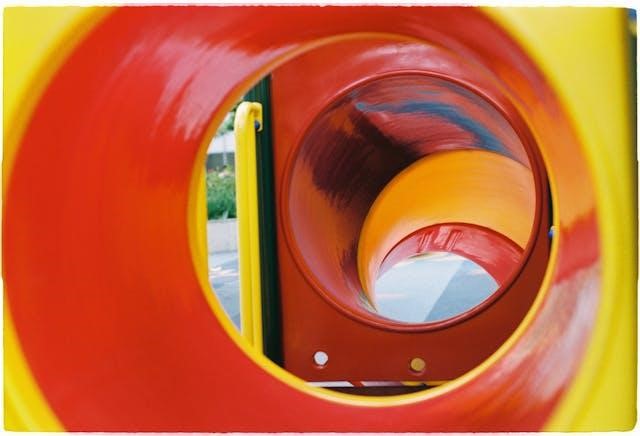Parents keep their eyes focused on their kids as they splash and play at water parks to ensure their safety.
The amusement centers tend to be overrun with hundreds of children running, sliding, and swimming; these large crowds present a significant risk for small children, particularly those inexperienced in the water.
Even those children with swimming experience can be vulnerable since most kids tend to panic when gasping in water if they get pushed beneath the surface by other kids or when they grow tired as they swim.
Some take advantage of the fact that parents can’t see everything with the massive number of people and will try to impress friends by diving into the deep end or venturing away from the park with friends.
Proactive measures can prevent tragic results, such as assigning an older sibling to stay with a small child or making supervising your child simple by putting them in a vibrant, one-of-a-kind swimsuit that will readily draw your attention.
Let’s review Common Dangers at Popular Water Parks and offer a few preventive solutions.
Waterpark Risks for Kids and Preventive Measures to Keep Them Safe
Water parks are an exciting adventure for kids and an ideal way for the whole family to escape the sweltering heat. The amusement centers are such a favored destination that the parks see massive crowds from opening in late spring until the fall closing.
Despite the popularity, these sites present hazards that parents and grandparents need to be aware of and prepare for when planning a day at the park. Here are a few things to be mindful of.
The rules
The water slides are the leading cause of park injuries primarily because no one pays attention to the ride instructions. When the operator directs kids to go “feet first,” this is meant for their optimal safety.
Thousands of people visit the hospital in a given year due to concussions, fractures, cuts and scrapes, and spinal injuries due to barreling down the slides.
The rides have restrictions based on weight and size to keep small riders from being tossed off the slide and prevent harm to those who exceed the maximum.
Signs also warn riders against piling multiple riders on one ride because of the danger it presents. Parents must become aware of these ride rules and enforce them with their children or keep them safe by not letting them ride.
Visit 9 Ways to Stay Safe at the Water Park | SafeWise for a guide on staying safe at the water park.
The skill
Water parks have been the site of both nonfatal and fatal drowning in the US, with a heightened risk for inexperienced swimmers and small children.
However, it can happen to anyone of any experience level if they become overwhelmed by the volume of people in the water. The priority is to be vigilant.
The biggest risk is wave pools, particularly for weak swimmers and younger kids. Parents can have difficulty spotting a child in distress with the chaotic nature of a massive crowd bobbing in the waves.
In this situation, parents must closely supervise their kids, staying within arm’s reach and having eyes focused.
A proactive measure for less experienced swimmers and little ones is to put them in a life vest for heightened safety. Go here for things you should know about water parks.
Dirty water
The CDC – Centers for Disease Control and Prevention people enter pool water with feces on their behind that contaminates the water as it rinses off. The agency reports that many public pools test positive for E. coli, a sign of fecal contamination.
Crypto – Cryptosporidium is highly tolerant of chlorine, enabling the parasite to survive in pool water for extended periods. These water-borne illnesses can lead to hospitalization.
Kids should be instructed to keep pool water out of their mouths. They should come out for water or another drink if they get thirsty.
Swim diapers should be checked regularly every half hour, and kids should be taken for bathroom breaks every hour or so. A child ill with diarrhea or other symptoms should stay home.
Kids should shower before getting in the water to remove any bacteria from being in other areas of the park and shower again before driving home to remove the chlorine and prevent irritation.
The regulations

Amusement centers where many water parks are located are not regulated by the federal government. The control was released to local and state governments in the 1980s. These entities work together to establish safety protocols and address concerns, but no consistent standards exist.
Each state varies concerning its monitoring and safety regulations, with some being stringent and others having minimal involvement. This means parents should check into the regulations for parks they want to visit to learn if they are self-regulated or government-regulated centers.
You can find sites that list regulated parks by state and narrow the parks you’re considering by those with the least number of injuries.

